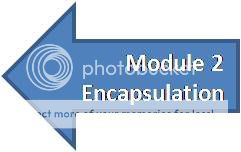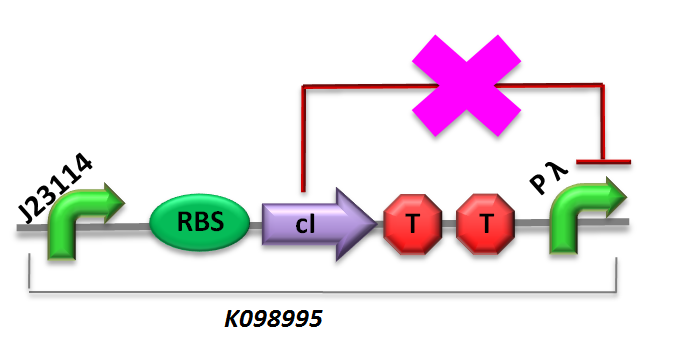Team:Imperial College London/Thermoinduction
From 2009.igem.org
(Difference between revisions)
(→Module Integration - Thermoinduction) |
|||
| Line 15: | Line 15: | ||
</center> | </center> | ||
</html> | </html> | ||
| - | |||
| - | |||
<br> | <br> | ||
<br> | <br> | ||
After encapsulation, it becomes more difficult for normal chemical induction to penetrate the outer protective coating. To tackle this problem, heat induction is used. The temperature is raised to 42 degrees, which activates a thermoinducible promoter system and consequently starts module 3.<br> | After encapsulation, it becomes more difficult for normal chemical induction to penetrate the outer protective coating. To tackle this problem, heat induction is used. The temperature is raised to 42 degrees, which activates a thermoinducible promoter system and consequently starts module 3.<br> | ||
<br> | <br> | ||
| - | |||
==The thermoinducible system== | ==The thermoinducible system== | ||
| - | [[Image:Ii09 thermo.png]]<br> | + | [[Image:Ii09 thermo.png|300px]]<br> |
<br> | <br> | ||
The | The | ||
Revision as of 21:23, 18 October 2009

Module Integration - Thermoinduction
After encapsulation, it becomes more difficult for normal chemical induction to penetrate the outer protective coating. To tackle this problem, heat induction is used. The temperature is raised to 42 degrees, which activates a thermoinducible promoter system and consequently starts module 3.
The thermoinducible system


 "
"





